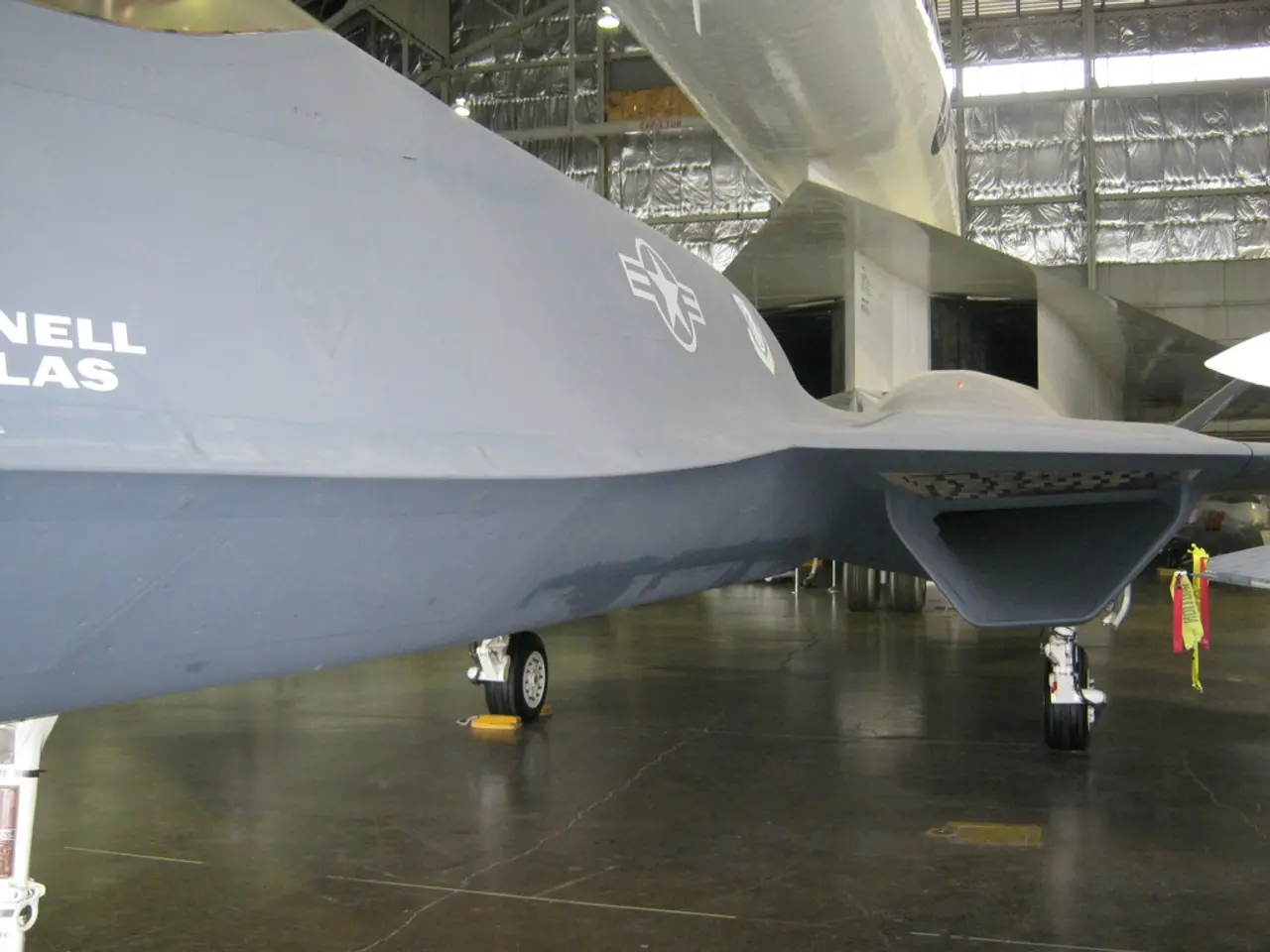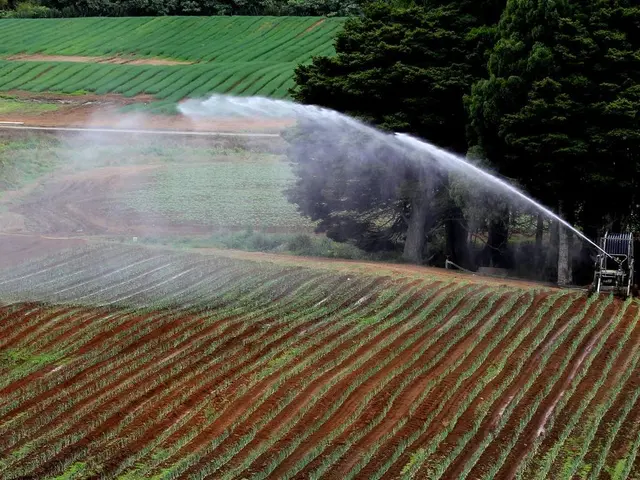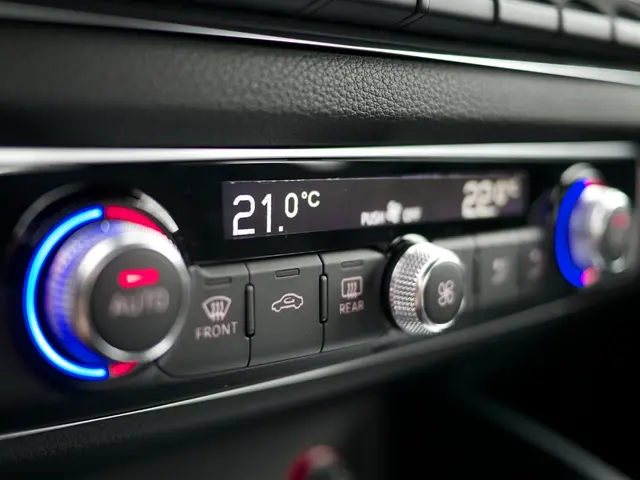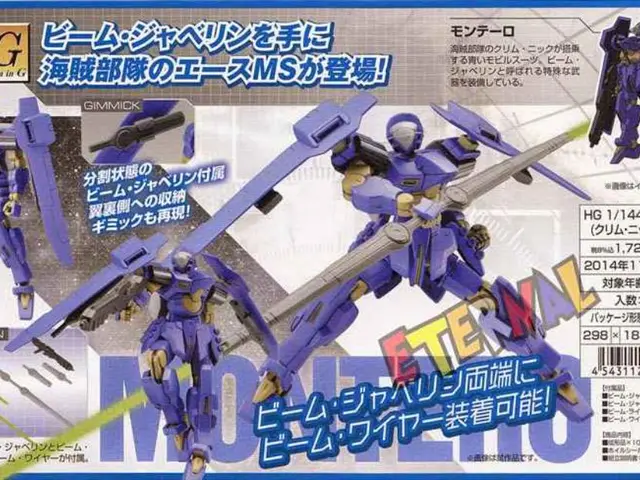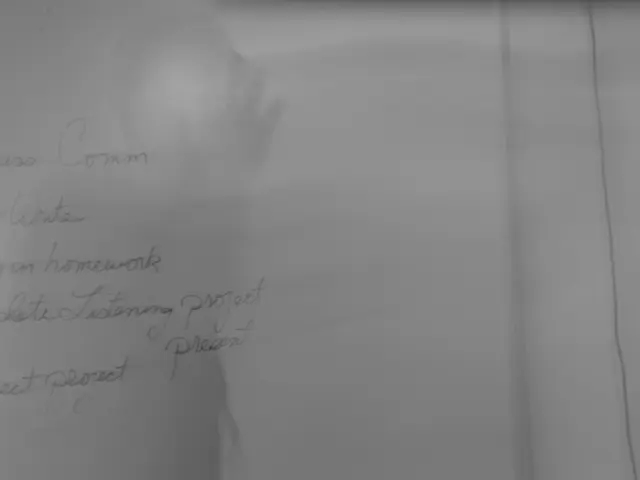EASA Mandates ATR De-Icing Inspections After Fatal Brazil Crash
The European Aviation Safety Agency (EASA) has issued a crucial directive affecting all airlines operating ATR aircraft, following an investigation into the fatal Voepass flight 2283 crash in Brazil last August. The directive aims to enhance safety by mandating regular inspections of ice protection systems.
EASA's airworthiness directive requires operators of ATR models, including major carriers like Air France and Alitalia, to inspect certain components of the de-icing system more frequently. This move comes after investigations into the Voepass crash revealed that icing played a significant role in the tragedy. The ATR 72-500 aircraft involved had its de-icing system activated during the approach to Guarulhos Airport, but a suspected technical defect may have contributed to the accident.
The crash, which occurred northwest of São Paulo, resulted in the loss of all 62 passengers on board. EASA's directive is designed to detect and fix potential faults in the de-icing systems early, thereby enhancing the safety of ATR aircraft operations worldwide.
The EASA directive is a proactive measure to improve safety for all airlines operating ATR aircraft. Regular inspections of de-icing systems will help prevent similar incidents in the future. The directive underscores the importance of maintaining these systems to ensure safe flight operations, particularly in conditions where icing is a factor.
Read also:
- Summarized Report: Insights from the Realm of Transportation
- Recorded surge in electric vehicle registrations during the initial half of the year
- Polestar CEO, Lohscheller, voices concern on the ongoing debates about competitors' products: "Maintain focus, avoid distractions"
- London Mayor Sadiq Khan under fire for raising Congestion Charge, with drivers facing an additional £80 million in yearly costs
